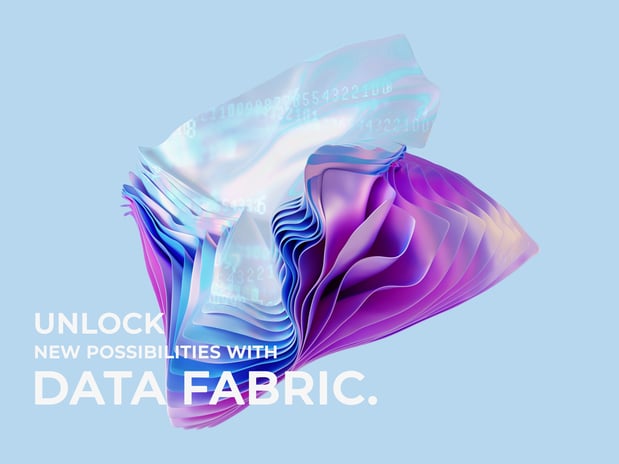In the last two decades, the evolution of technologies has skyrocketed. Technologies have made the world smaller and more accessible. Everything and Everywhere is Data. A seamless array of information that is needed to run literally every system known to the modern world.

The Cycle of Data
In this modern era, there is information that is beyond our imagination. In the past, there were papers to store information, and they were hard to keep organized and maintained.
But, when computers arrived along with new technology, storing large amounts of data and accessing them at any given time have been useful for many industries that rely on data to operate. It was a game-changer for the IT industries as they were able to upload and retrieve data with ease. But, as the technology developed throughout the years the need for data storage got bigger.
The multitude of data have to be stored and also need to be transferred easily. With all this data, there is also a concern for data security as sometimes they are not stored in one place but rather in different places. There’s also data accessibility, and accessing this enormous amount of data might also be difficult and it consumes a lot of time.
The Next Big Thing
Data Fabric is selected as the top technology trend of 2022. Data Fabric breaks through all barriers as it is the new architecture, a new heavy weight in dealing with large data structures with effective outcome. This enables organizations to access data in a more simplified and efficient manner. The next step is governing the data and data fabric can be used to govern the data even across a hybrid multi cloud landscape.
Advantage of Data Fabric
The difference in using Data fabric is that it eradicates some of the troubles that occur during common data access. For example, in data integration, while combining large amounts of data from different sources, data fabric gives the client a uniform or a unified view of the data. Next one is data protection, protecting all the important data is a must when it comes to industries that deal their business across a cloud platform and data fabric provides that particular data protection. Therefore, data fabric provides flexibility to all its users among various platforms by ensuring stability, protection and accessibility.
Data Fabric provides a competitive advantage and helps unleash an organization’s full potential. The IT industry is no stranger to cloud technology. The amount of data that they have to go through, analyze and transfer is beyond comprehension. The data is abundant but the knowledge that comes out of it is seemingly very low. Data Fabric helps to narrow down everything and make the most out of all the data that comes through.
Data Fabric & MetaData
Data Fabric uses Metadata, where metadata means “a data about a data”. It makes finding and working with data easier than anything that makes the user locate and identify specific data or documents. For example, consider a photo, now the place where it was shot, when it was shot, and the size. All of them are called metadata of the particular photo. Now, there can be a multitude of data that can be stored in the same manner across various access points and it gives a wider perspective. Accessing the metadata would be hard as now they are located at different silos. Data Fabric comes in to save the day, as it gives the user full access without any compromise to its security. Metadata and Data Fabric are two data science technologies that have revolutionized how we handle and analyze data.
All of these aspects are part of cloud technology. Here at Dimiour we break through the roadblocks that occur in Cloud technology to provide our clients and customers the best output and experience they deserve.

